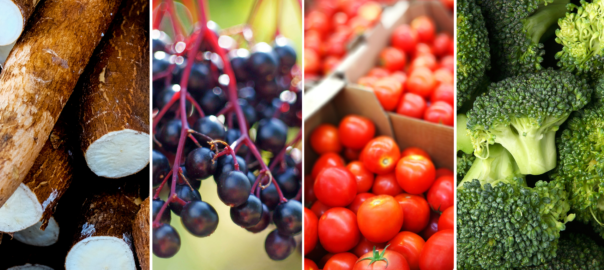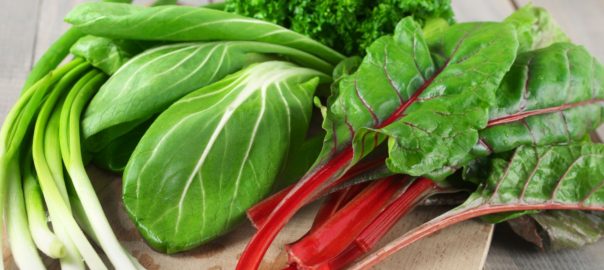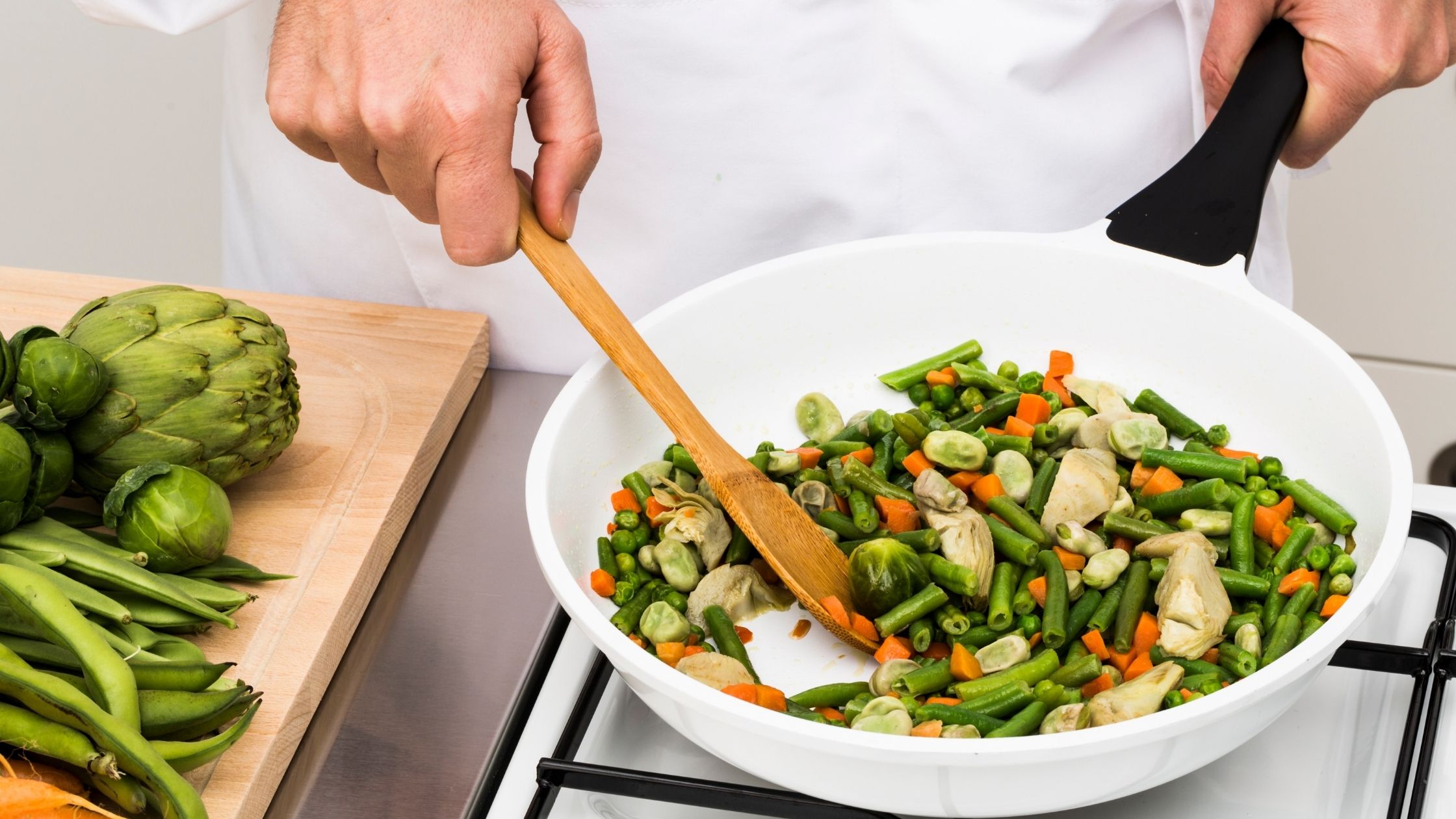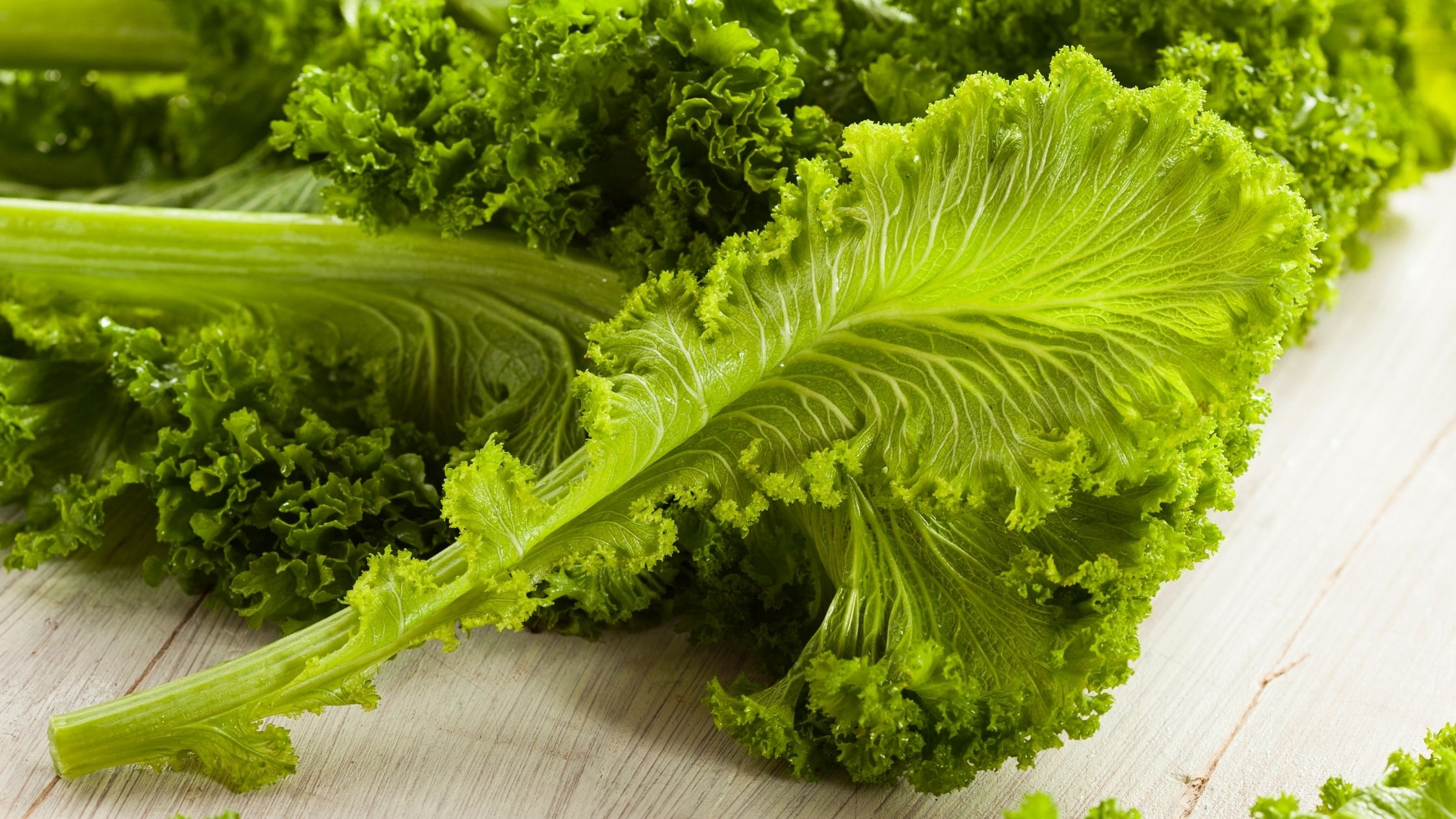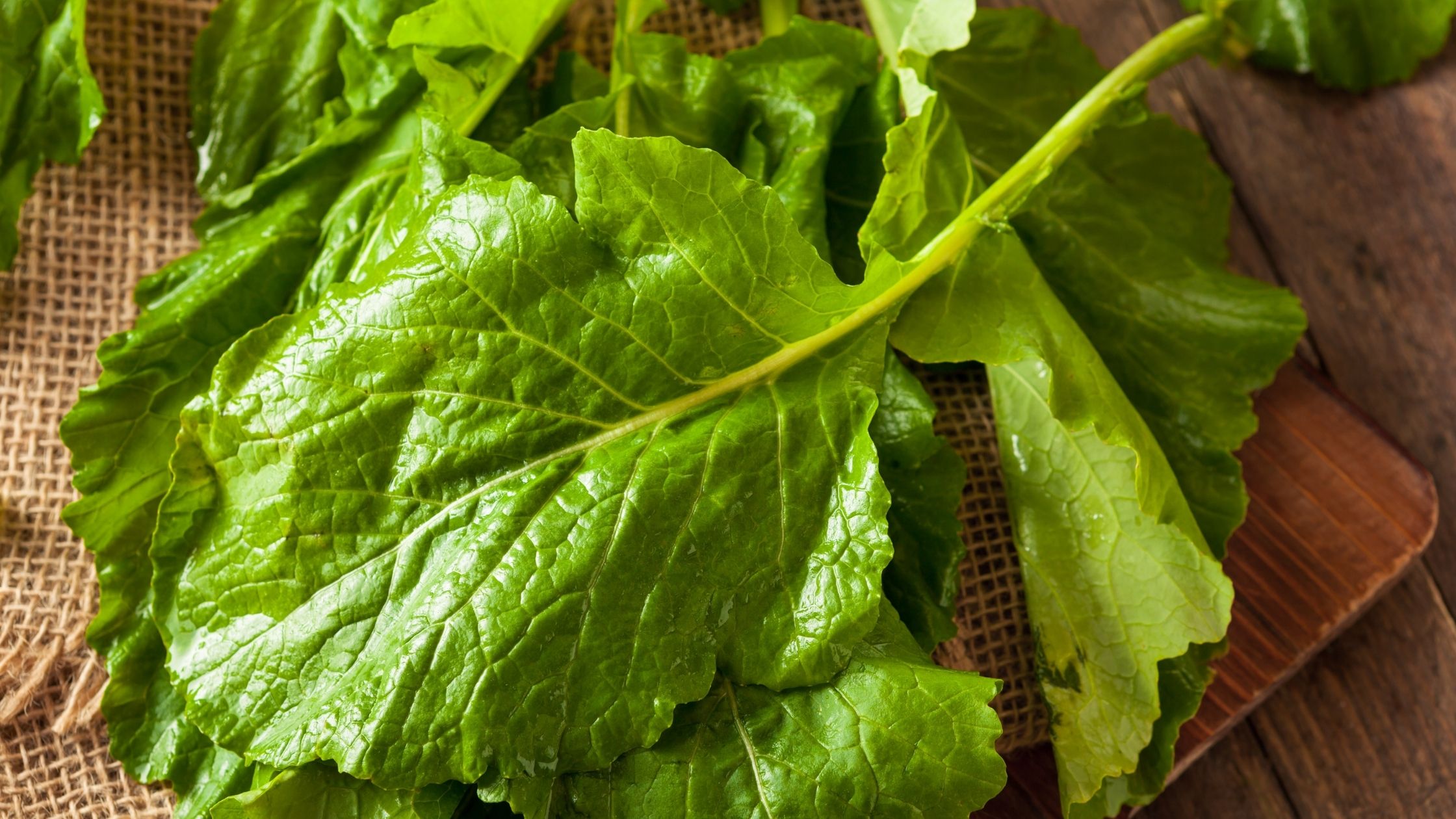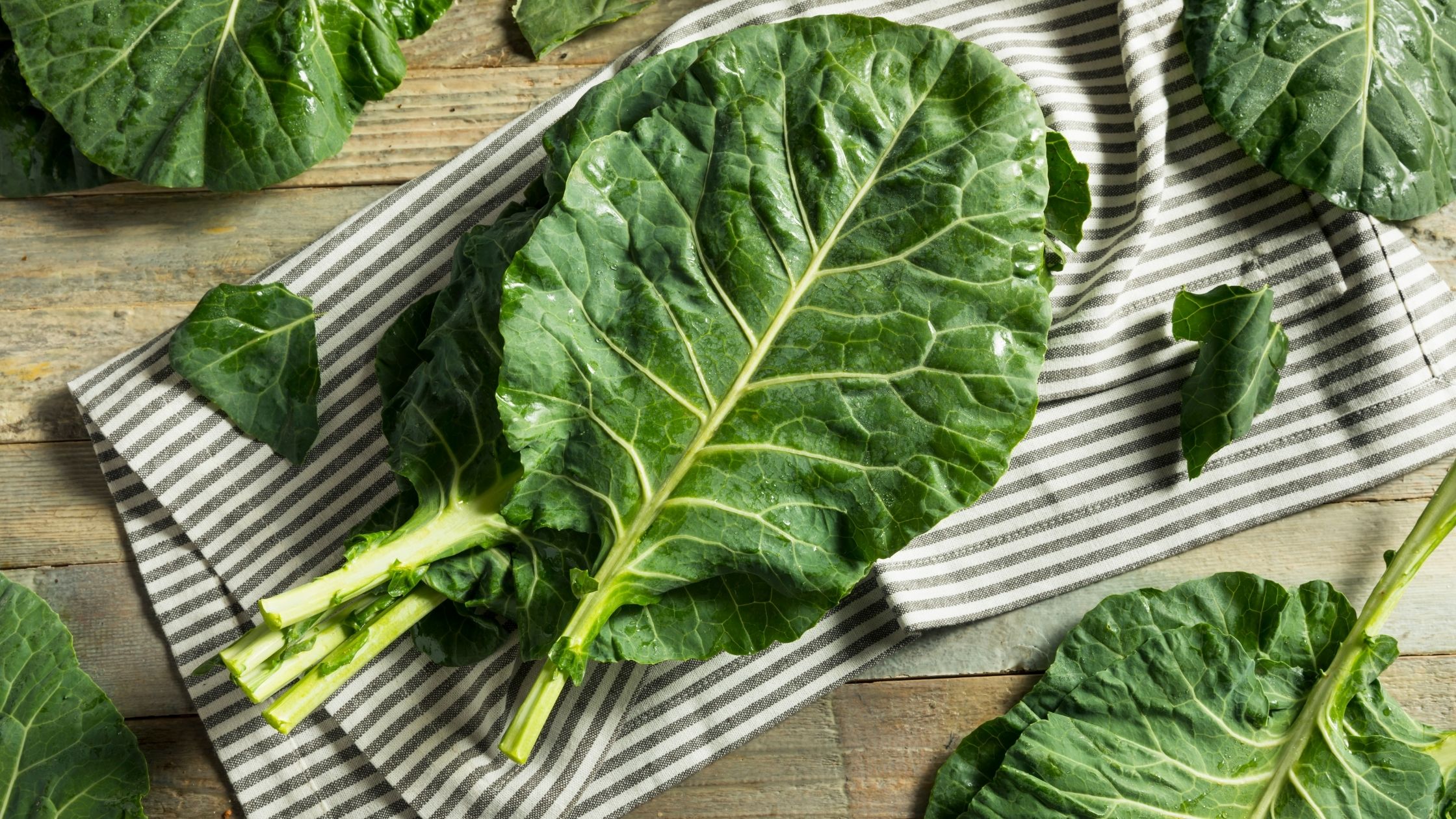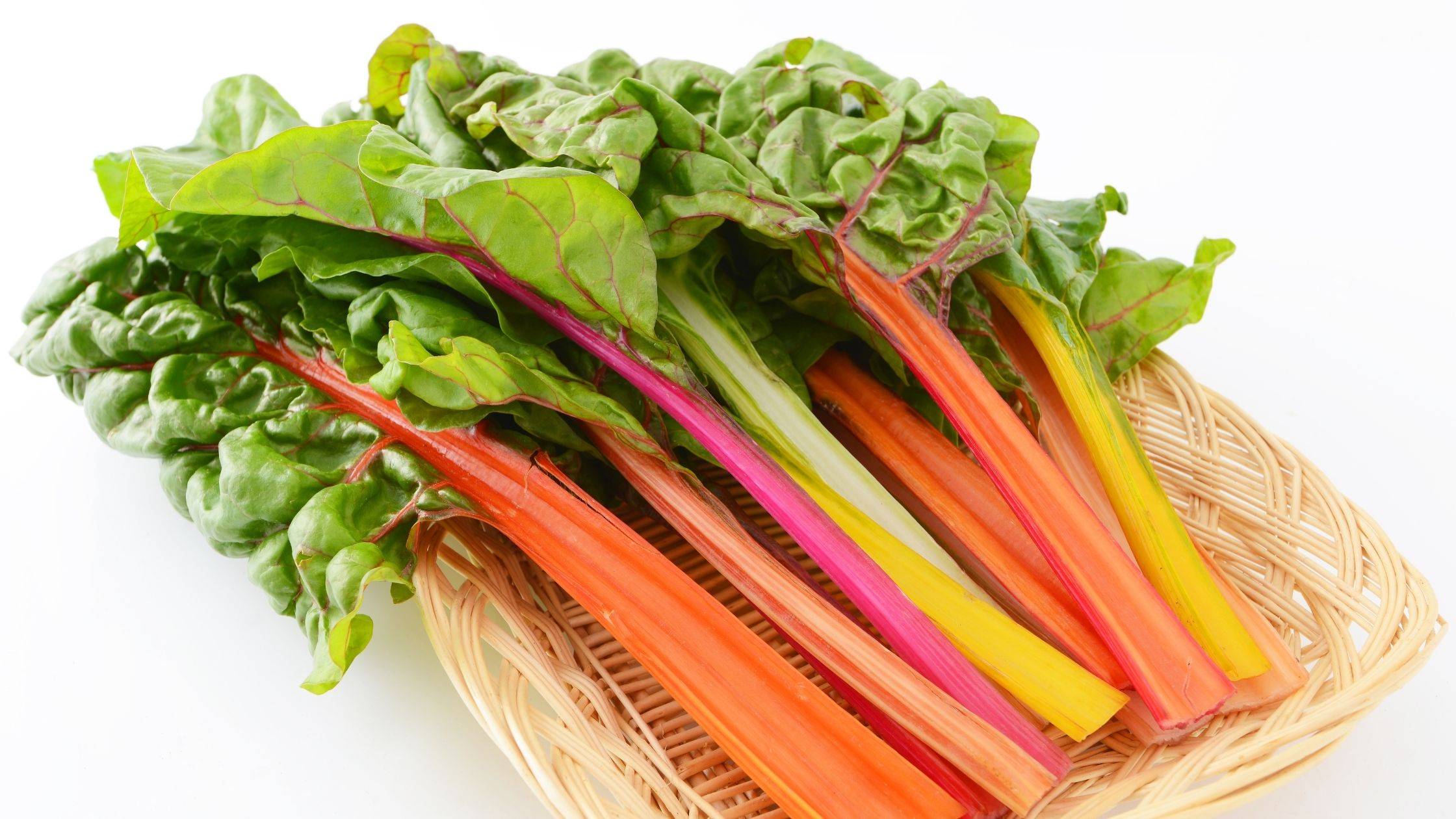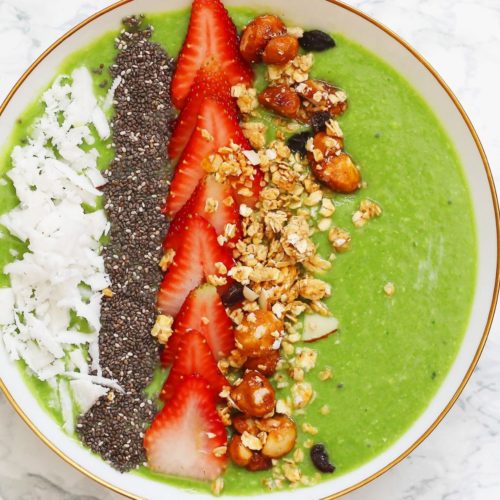Chances are you know that eating raw meat, especially raw seafood, can carry significant health risks. Raw eggs these days are also not recommended due to the high potential for salmonella in the United States food system. And there tends to be a fair amount of controversy over the consumption of raw milk. But did you know that even some vegetables should not be consumed raw?
I’ve been reading the book Consider the Fork: A History of How We Cook and Eat by Bee Wilson. It is a wonderful read, fascinating and thought-provoking while sharing how changes in food preparation and tools have impacted our diet. It’s astonishing to realize how much our food catalog expanded once we learned how to cook.
Some of the things on this list must be cooked because otherwise they are poisonous. Other things on the list are better cooked because it improves their nutritional value.
Vegetables To Not Eat Raw
Asparagus
This wonderful vegetable can be consumed raw however the antioxidant qualities increase after cooking
Broccoli
Although it is fine to eat broccoli in its raw state, cooking improves the amount of glucosinolates, anti-carcinogenic compounds. It's important to note that those with thryoid issues do best to avoid raw broccoli (and other cruciferous vegetables) due to high levels of goitrogens which interfere with thyroid function.
Chaya
This is a super food that comes from the Yucatán, it’s similar to spinach. However it has cyanide in the leaves which is not neutralized until it’s cooked making it important to not eat this vegetable in it's raw state.
Eggplant
One of the nightshade vegetables and high in the glycoalkaloid solanine, eating eggplant in it's raw state delivers a higher level of solanines. For those who have issues to arthritis or an HLA-B27 genetic marker eggplant should be avoided in the diet along with other nightshades.
Elderberries
Elderberries are know as a wonderful immune boosting superfood and many people make or take elderberry tonics during the winter. Raw elderberries are actually quite toxic, it’s only after cooking that they are beneficial for us.
Lima beans
These are another raw food that contains a compound that turns into cyanide, fortunately cooking is the answer to break that down
Mushrooms
Raw these contain chitin which has the potential to upset your digestive system
Potatoes
Raw potatoes contain glycoalkaloids which can upset your stomach, luckily they don’t taste good raw
Tomatoes
In season and fresh, not the insipid grocery store variety, there is nothing quite so delicious as a raw tomato. It turns out however, they have more of the antioxidant lycopene when they are cooked.
Yucca/Cassava
Cassava flour is a very popular alternative for many who eat gluten-free. This starchy tuber, however, contains cyanide in its raw state. Cassava requires a somewhat complex processing in order to neutralize it before it can be eaten; soon after harvesting it needs to be dried, soaked, rinsed, and then cooked.
[expand title="Sources"]
Cardoso, MJ, Nicolau, AI, Borda, D., Nielsen, L., Maia, RL, Møretrø, T, Ferreira, V, Knøchel, S, Langsrud, S., & Teixeira, P. (2021). Salmonella in eggs: From shopping to consumption—A review providing an evidence-based analysis of risk factors. Compr Rev Food Sci Food Saf. 2021 20:; 1−26
[/expand]

